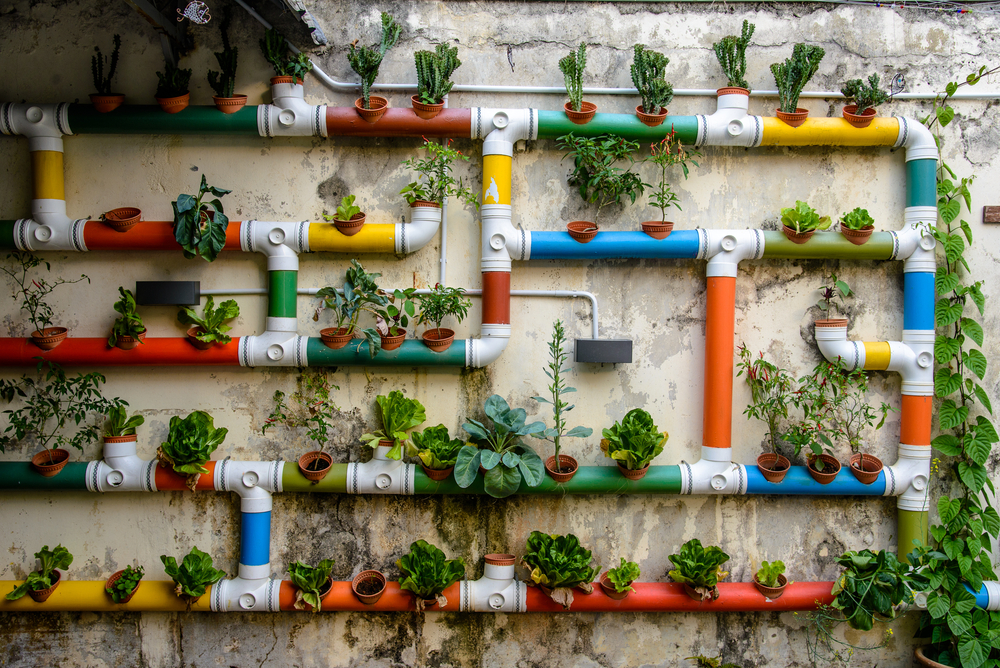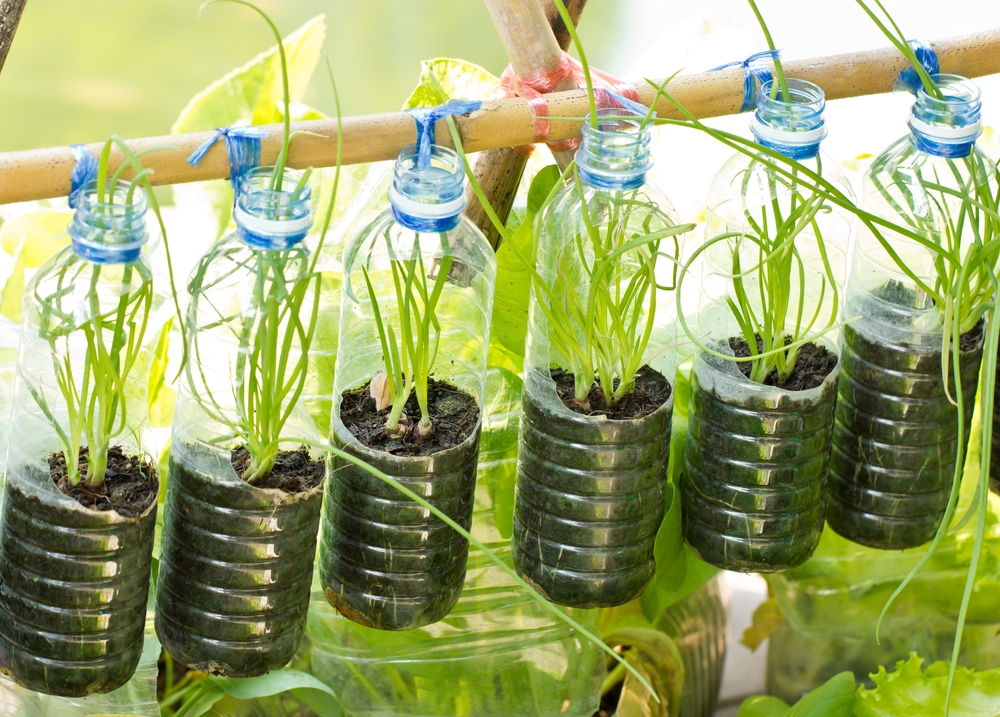Living in the city can limit your access to fresh food. Due to the lack of gardens or farmland, produce must be brought in from outside sources. This raises prices, thus preventing some from being able to afford it. With some popular fruits and veggies already costing an arm and a leg (raspberries, for instance), it can turn tasty foods that should be dietary staples into rare treats. But there is a way to work around the limitations of the city- namely, urban agriculture.

As the name implies, urban agriculture is the practice of growing and selling food in and around urban areas. An offset of the maker movement, it involves everything from beekeeping to agroforestry. The focus is on food, but anything that promotes green living and a better environment can fall under the “urban agriculture” blanket.
You’ve probably seen or at least heard of a few examples of urban agriculture. Maybe a local park has a community vegetable garden, or an apartment complex has small plots on the roof. Keeping planters on a balcony or windowsill also qualifies as urban agriculture, particularly if they’re growing herbs or vegetables. They don’t even have to be outside- hydroponics can be grown in a limited space, indoors or out, and still count provided it’s in an urban environment.
While many consider urban agriculture to be a modern fad, it’s well-rooted in history. In ancient Persia, semi-desert towns would use aqueducts to route water down from the mountains to support food growth. They even recycled by using waste as fertilizer. Machu Picchu also reused much of its water during the growing process, and vegetable beds were designed to absorb sunlight. The most famous example of historical urban agriculture might be allotment gardens, which popped up throughout Europe during times of famine, particularly the two World Wars.

The motivations behind urban agriculture vary as much as the methods it can manifest as. Some are motivated by a lack of food security. Growing your own food might be risky and difficult at first, but ultimately costs less than going to the store, which is a boon for lower-income families. On the other hand, they could be a result of a sustainable living program, a community project, or even just a few foodies wanting to try something new. Either way, the result is the same- fresh food for those who may not have it otherwise.
While urban agriculture has many benefits and is steadily growing in popularity worldwide, there are a fair number of trade-offs. Space is (naturally) limited in cities, making any real estate a premium. Using untreated wastewater to nurture the plants, as some do, could lead to the spread of waterborne illnesses. The larger the human population, the more insects there are, which are frequent enemies of plants. There are also municipal policies to deal with, like urban tree canopy initiatives. The shade caused by the tree cover prevents the gardens from getting the sunlight it needs to grow.
Still, as more cities and independent populations embrace urban agriculture, quality of life will improve for many. Not just those involved and enjoying the resulting produce- anybody in range will enjoy boons like decreased noise pollution, reduction of ozone, and even soil decontamination. Those directly contributing and feasting on the fruits of their labor may also be getting more nutrients and higher-quality versions of their retail counterparts. It’s good for the economy and for building a sense of community.

If the idea of joining an urban agriculture team or project overwhelms you, don’t worry. You can start small and work on your own or jump right into the deep end. Much like the maker movement, newcomers are welcomed with open arms. It’s all about making your life- and others- better.




